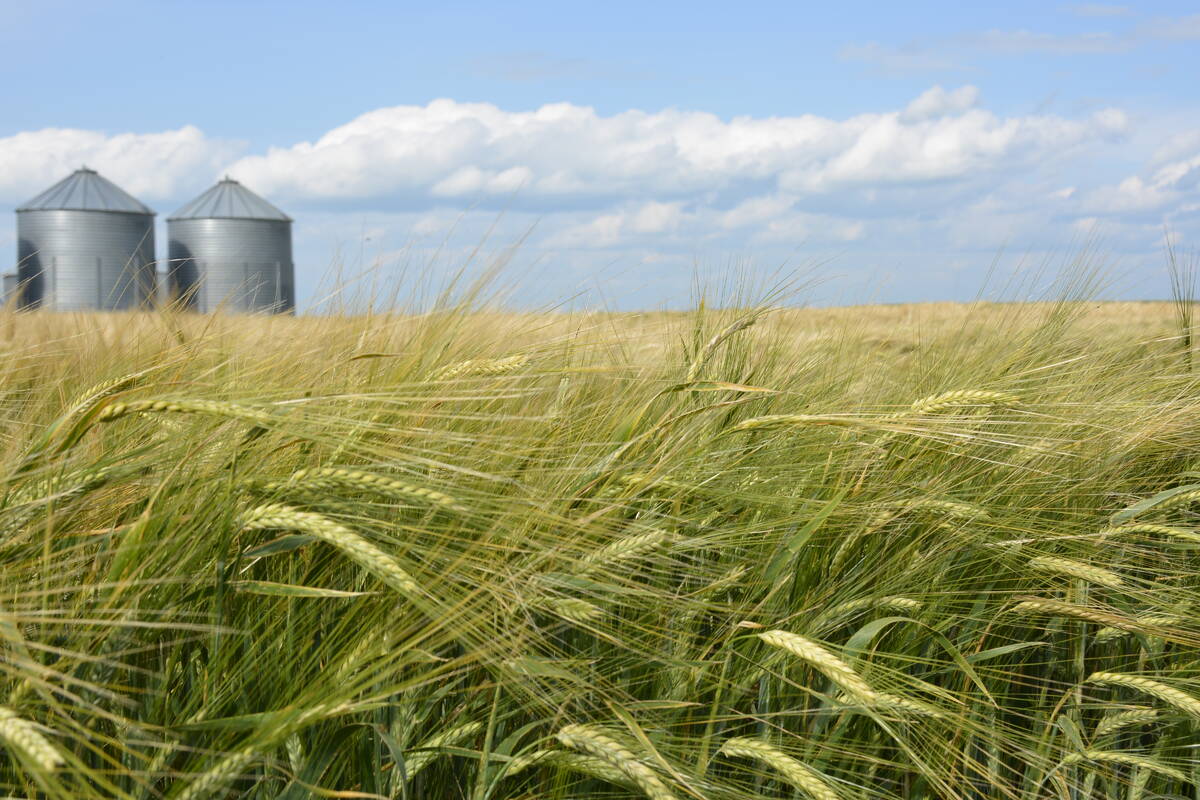A forecast of better weather in the U.S. Midwest and oil prices that retreated back near $141 US per barrel pushed most grain and oilseed prices down early this week.
The retreat followed a week when oilseed prices generally rose.
Canola July futures topped $700 per tonne and U.S. soybeans set record highs, peaking at $16.63 per bushel after the U.S. Department of Agriculture predicted American farmers would harvest only 72.1 million acres of the crop because bad weather destroyed some seeded acres in June. That works out to 96.8 percent of seeded acres, down from the average of 98.7 percent.
Read Also

StatCan stands by its model-based crop forecast
Statistics Canada’s model-based production estimates are under scrutiny, but agency says it is confident in the results.
The news prompted analysts to forecast that soybean stocks could be as low as 100 million bushels by the end of the 2008-09 crop year, down from the current USDA estimate of 125 million by the end of 2007-08 and 574 million at the end of 2006-07.
Oilseeds were also supported by crude oil that hit a record $145.29 US per barrel July 3.
Turning to wheat, prices that had been pulled higher by corn’s run-up in late June were by early this week back down to where they were in early June. Traders expect a large world wheat crop and the weather is generally co-operating. Prices are unlikely to move higher unless corn takes off again.
Early last week corn prices dipped after the USDA acreage report indicated that American farmers might harvest more corn acres than thought, even with all the flooding.
However, prices then rose on a forecast of hot dry weather in July. On July 7, that forecast moderated and corn fell the limit.
Volatility will continue, considering that stocks of all crops are as tight as they are. Prices will bounce around with the weather but
generally remain strong.
U.S. Midwest crops have small root systems after the wet June and wouldn’t do well if hot dry conditions become the norm for the rest of the growing season. However, the U.S. weather service forecast for July calls for cooler than average weather for most of the region and wetter than normal conditions in the eastern part, including Illinois and Indiana, but average moisture in the western part, including Iowa.
For Western Canada, Environment Canada forecast above normal heat and rain for July to September. Heat in the first week of July was welcome, helping to push ahead crops that had been lagging normal development.
The second week of July did not present much heat, at least not in the northern half of the grain belt, but the longer range forecast was calling for warmer weather.
















